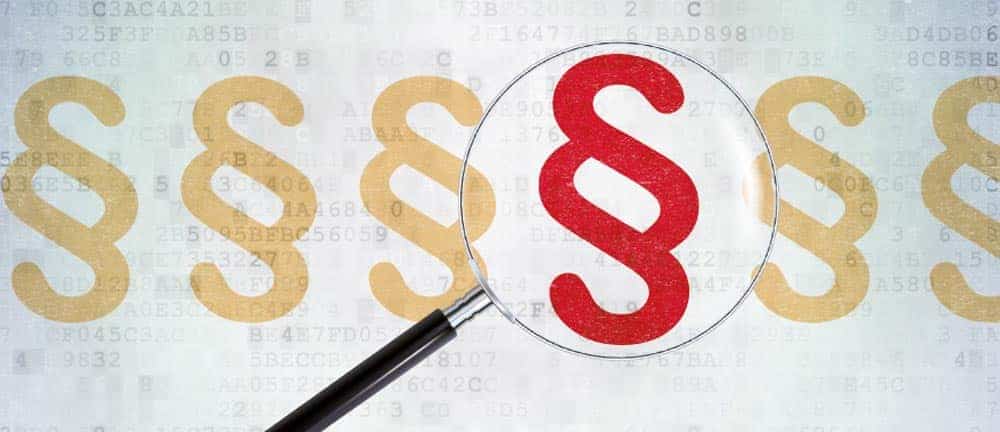SAP Business Suite Until 2027—Unexpected Costs and Hidden Risks


While customers can purchase third-party database runtime licenses directly through SAP, these licenses only pertain to the SAP software they were purchased for. Over time, SAP has increased the price for third-party database licenses in favor of its own database Hana (up to 25 percent of the SAP application value (SAV) for Oracle).
SAV versus HSAV
After customers purchase the first license for Hana, Runtime Edition for Applications and SAP BW (REAB), the measurement basis for license and support fees for third-party systems changes drastically. The Hana DB license value (15 percent of the entire Hana-relevant SAP application value (HSAV)) adds to the overall SAV, meaning license and support fees for third-party systems increase.
This is called the “full option”, which is offered the most often but makes the least sense from a customer’s perspective. Instead, customers can purchase a Hana REAB-Partial license which only covers the parts of an SAP landscape that actually run on the Hana database, ensuring that the HSAV doesn’t add too much onto the overall SAV. However, only 75 percent of the entire HSAV can be licensed that way.
Accordingly, the calculation basis is reduced to the acquired usage volume (HSAV) of the corresponding SAP software components. In total, a maximum of 75 percent of the total HSAV can be licensed in this way; beyond this, a switch must be made to a full option license.
If Hana is initially only to be used for SAP Business Warehouse (BW), a runtime license for SAP BW with a surcharge rate of "only" 8 percent can also be considered. As a prerequisite for partial Hana licensing, the systems (installations) based on Hana and those based on third-party databases must be separated. In addition, communication between the separate systems may only take place at application level using APIs.
Purchasing licenses directly from third-party database providers can be an alternative. However, the IT infrastructure of SAP databases is typically not license optimized if it had been covered by runtime licenses before. Consequently, a complete overhaul of licensing models needs to be prefaced by an evaluation of technological feasibility.
An additional risk factor is uncertainty. It seems as though support for third-party database licenses after 2025 is still up in the air. SAP note 2881788 offers the following statement, “Runtime licenses for third-party databases are not affected by this new maintenance strategy for Business Suite 7. Treatment of third-party runtime databases after 2025 will be announced once coverage from these vendors is confirmed.”
It’s possible that Oracle, IBM and Microsoft see this as their last chance to increase prices before they are leaving the SAP realm altogether. This means additional costs, which SAP will transfer to customers—any price hike for third-party databases is good news for Hana, after all.
Conclusion:
Costs that SAP will then willingly pass on to its customers, especially as any increase in the cost of competitor products is the best argument in favor of its own Hana database. The parallel operation of Hana and third-party databases can result in very high license costs. This is particularly the case if there is no clear demarcation in licensing.
The still unclarified contractual relationships for the period up to 2027 between SAP and the third-party providers further increase this cost risk. Solutions here could be partial database licensing or direct procurement from the database manufacturer.
If you are planning to migrate to S/4 in the medium term anyway, it may also make sense to push ahead with the complete migration to Hana and to take the first migration step in the direction of S/4 with Business Suite on Hana.





